On March 17, 2006, “The Decider” (President Bush II) signed a $70,000,000,000 (billion) tax cut passed by “The Follower” (Congress), which is trying to find another $23 billion for us – well some of us anyway.
The table below, which is based on a recent Tax Policy Center (TPC) review of the new tax cuts, shows how this tax cut is distributed by “income class.”
The green shaded area represents the 14 percent of the tax payers who earn over $100,000 a year and get 87 percent of this cut. In real numbers this means 20,197,000 “tax units” will get about $61 billion. This works out to a little over $3,000 per tax unit.
As represented by the blue shaded area, the remaining $9 billion from this tax cut goes to 125,641,000 less rich “tax units.” That works out to about $72 per tax unit, about enough to fill an average car’s gas tank 1.5 times.
Cash Income Class (1,000 of 2005 $s) Share of Tot Tax Change (%) Avg Tax Reduction ($) Tax Units (1,000) Tax Units (%) Less than 10 0.0 0 18,886 12.9 10-20 0.1 3 25,413 17.4 20-30 0.3 10 20,374 13.9 30-40 0.4 17 15,429 10.4 40-50 0.9 47 11,953 8.2 50-75 3.6 112 21,121 14.4 75-100 7.6 406 12,455 8.5 100-200 32.0 1,395 15,196 10.4 200-500 27.2 4,527 3,988 2.7 500-1000 5.7 5,656 668 0.5 >1000 22.3 42,766 345 0.2 All 100 453 146,417 100
Now here is a question on the tax cuts. Since, the Christianists are, by definition, a power player in the political process, to what extent were they affected by this tax cut? Since they support the GOP, they should benefit by their support. Right?
The answer can be found in a 1996 study from Pew Research on religion and politics. This study was a follow-up to another survey from 1987, and potentially, the 1996 study will be updated in the near future.
First of all, let me repeat Andrew Sullivan’s description of a Christianist, “I mean merely by the term Christianist the view that religious faith is so important that it must also have a precise political agenda. It is the belief that religion dictates politics and that politics should dictate the laws for everyone, Christian and non-Christian alike.”
Now here are some of the general findings of the 1996 survey that relate to this Christianist description:
- Grown their affiliation with the Republican Party from 35 to 42 percent
- Grown their representation among voters from 19 to 24 percent
- Greater opposition to:
- abortion,
- gay marriage,
- gun control,
- sending troops go Bosnia, [Remember, this was in 1996]
- disseminating birth control information to teenagers, and
- women in the work force
The survey also reported these additional facts on mixing religion and politics for Christianists or the broader category of white evangelical Protestants:
- Twenty percent of white evangelical Protestants reported hearing partisan politics from the pulpit as compared to 12 percent for both mainline Protestants and Catholics.
- Eighteen percent of white evangelical Protestants reported campaign information was made available in their churches compared to 5 percent for mainline Protestants or Catholics.
- White evangelical Protestants think it is okay for churches to be involved in politics by a three to one margin.
- Fifty-eight percent reported being displeased with the media (Note: Fox News went live in 1996 when these survey results were published.).
- The Christian Coalition gets a favorable, 64 percent, rating from white evangelical Protestants.
- White evangelical Protestants surpassed their political opposite, Progressive Catholics, in terms of consistency across a broad range of political issues.
- White evangelical Protestants favor the GOP by 56 percent over the Democrats as the party most concerned about protecting religious values.
Now getting back to the tax cut. Here are some of the raw data from the 1996 survey showing Protestant education and income, which we can relate to the tax cut study above:
Education White Mainline Protestant White Evangelical Protestant College Grad 27 16 Some College 22 24 HS Grad 41 47 < HS Grad 10 14 Â
Family Income White Mainline Protestant White Evangelical Protestant $0 – $20,000 19 22 $20,000 – $29,999 18 18 $30,000 – $49,999 27 28 $50,000 – $74,999 13 12 $75,000 + 12 8 Note from Pew Research: Some columns do not add to 100% because not all categories are shown.
From these tables, you can see that white evangelical Protestants average below mainline Protestants on the high end of income and education. They also surpass mainline Protestants on the low end of both scales. In other words, white evangelical Protestants are more likely to get less of the tax cut. (And why do they support the GOP?)
This tax benefit is highlighted in the table below where the tax reduction distribution from the TPC is appended to the raw income data from the 1996 Pew Research survey. Since the TPC table has 11 income groups and Pew Research and only 5 groups, the TPC tax reductions had to be averaged to come up with the numbers in the table below. For example, TPC’s 30 to 40 and 40 to 50 numbers (17 and 47) average to 32 in the table below for the 30,000 to 49,999 range.
Family Income White Mainline Protestant White Evangelical Protestant Average Tax Reduction $0 – $20,000 19 22 $2 $20,000 – $29,999 18 18 $10 $30,000 – $49,999 27 28 $32 $50,000 – $74,999 13 12 $112 $75,000 + 12 8 $10,950
In conclusion, the white evangelical Protestants get little return from the party they support. Money may not be what they are looking for, but mixing religion and politics isn’t the answer either.
One other comment. In my previous article, I made references to the dependent masses, not the majority of citizens in a country, but the group that is necessary to bring about and maintain a single party state. Are the white evangelical Protestants the masses for some future single party state?
In my research for this article, I also came across another interesting chart. It is from a December 2002 survey and shows that 60 percent of the U.S. population feels that religion is very important to them. It also shows that the US is a considerable exception to the rule that says, the poorer the nation – the more important religion is.




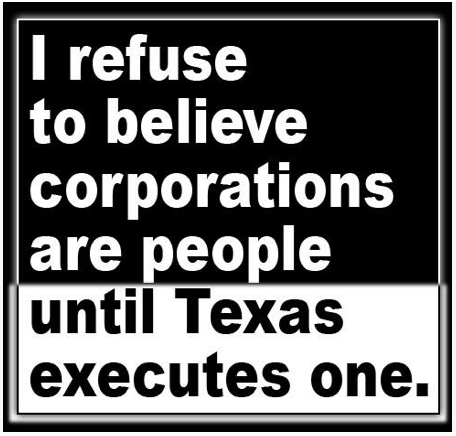
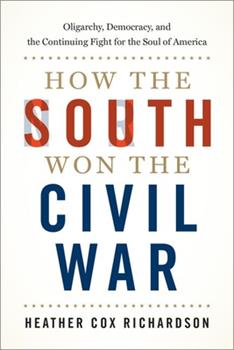
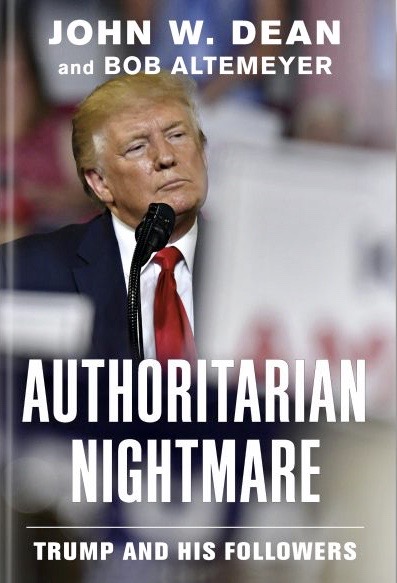
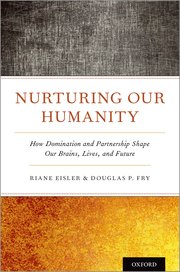
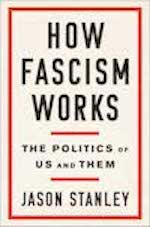
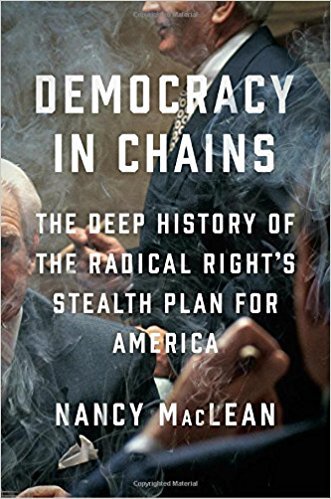
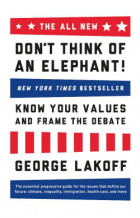
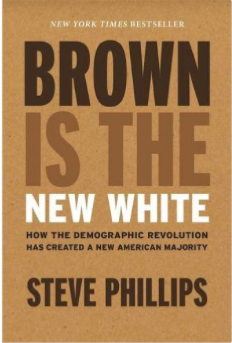

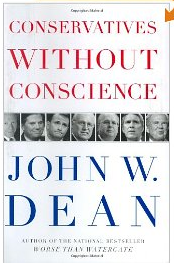
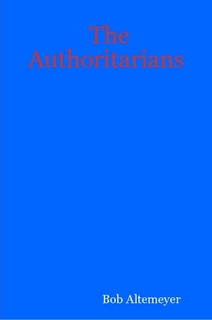
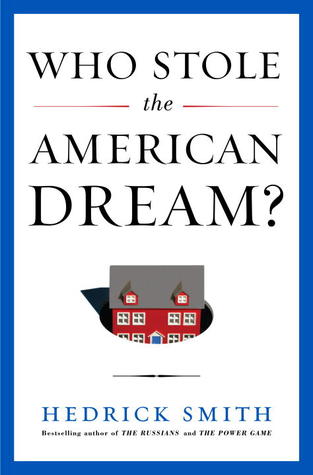
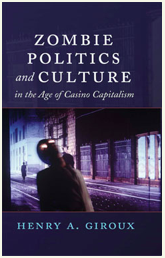
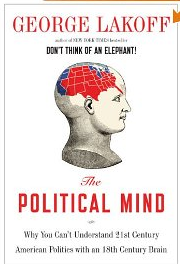
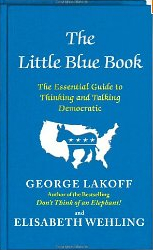
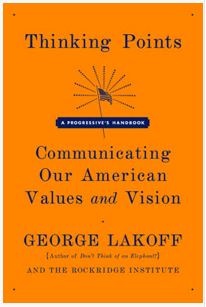
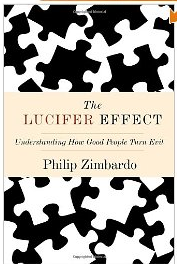
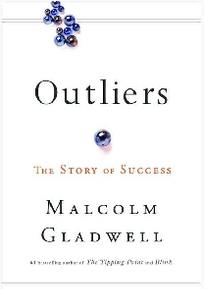
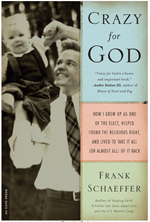
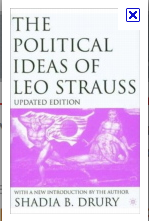



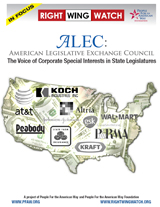
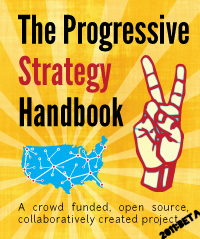


Pingback: The WAWG Blog » 2006 Tax Cut Update - Evangelical Losses Even Larger